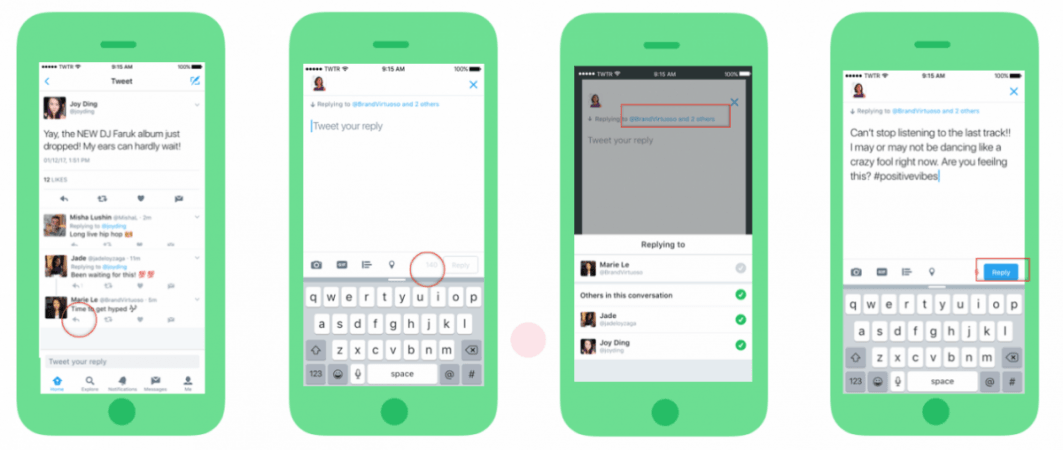
Change is the only constant in life, but we're not sure if the changes Twitter is bringing to the platform are heading in the right direction.
Sometimes you just need 140 characters or less to express yourself, making Twitter a home for many micro-bloggers. It is challenging at times, but it lets you stay on top of things by conveying the message – to the point.
Since Twitter saw some of its users struggle with its character limit, which is why it is most popular for, the social media platform decided to bring a change, another change and before you know it there's another one. That's right! The 140-character limit is no longer precise as Twitter is trying to squeeze more and more words into a tweet.
On Thursday, the micro-blogging social media site announced that users can reply to someone or a group with 140 characters meant just for your message. In other words, the @usernames will no longer eat into your 140-character limit.
In a way, we find this new change a good thing, but it can also be an annoyance factor for some. Since there's no limit on how many people you can tag in a reply to a tweet or a group, be prepared to see yourselves tagged in random tweets. If the usernames were a part of the tweet, people would be considerate and tag the right people for the tweet to strike a valuable conversation on the public platform.
Twitter's latest move to relax the 140-character limit in a tweet somehow reminds us of the annoying Facebook posts, which are tagged to people who have no connection or relevance at all. For example, you must have received a notification where a user in your friends list tags you in a photo, which you later discover has no one but himself in it.
"It's now easier to follow a conversation, so you can focus on what a discussion is about, and who is having it. Also, with all 140 characters for your replies, you have more room to participate in group conversations," Twitter said, announcing its latest feature, which makes it sound really helpful.
And that's not it. Twitter's product manager Sasank Reddy also noted in the blog that "Our work isn't finished – we'll continue to think about how we can improve conversations and make Twitter easier to use."
Since we cannot control change, let's hope for a better one because we don't need another Facebook.








